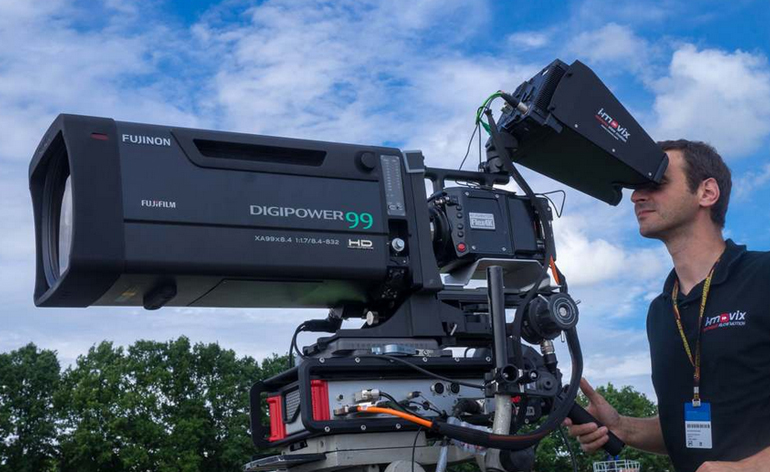Artificial Intelligence (AI) has been transforming the way we live, work, and create content. In recent years, AI has become an integral part of the broadcast and television industry, particularly in the field of audio. AI-powered audio tools have revolutionized the way audio is recorded, edited, and delivered, providing broadcasters and producers with unparalleled precision, speed, and efficiency. In this article, we will explore the latest advancements in AI and audio technology and how they are transforming the landscape of broadcast and television.
One of the most significant impacts of AI in the broadcast and television industry is in the area of speech recognition. AI-powered speech recognition tools can automatically transcribe spoken words into text, allowing producers to create captions, subtitles, and translations quickly and accurately. This feature is particularly useful in live events, where real-time captioning is required. AI-powered speech recognition can also improve the accuracy of voice-activated search and navigation, making it easier for viewers to find the content they want.
AI is also transforming the way audio is processed and enhanced in post-production. AI-powered audio tools can analyze and separate different sound elements, such as speech, music, and ambient noise, allowing producers to adjust the levels and balance of each element to create a more immersive and engaging audio experience. These tools can also automatically remove unwanted background noise, such as wind or traffic, and enhance the clarity and volume of dialogue.
Another area where AI is having a significant impact is in the creation of personalized audio content. AI-powered recommendation engines can analyze a viewer’s viewing history and preferences to suggest content that matches their interests. This technology is particularly useful in on-demand streaming services, where personalized recommendations can improve the viewer’s experience and increase engagement. AI-powered recommendation engines can also help broadcasters and producers better understand their audience and create more targeted content.
The use of AI in audio technology is not without its challenges. One significant concern is the potential for bias in AI algorithms, particularly in speech recognition tools. AI algorithms are only as unbiased as the data used to train them, so it’s crucial to ensure that the data used is representative of the entire population. Another challenge is the potential for AI-powered tools to replace human workers, particularly in areas such as transcription and captioning. While AI can improve efficiency and accuracy, it’s essential to balance this with the need for human oversight and intervention.
Despite these challenges, the benefits of AI-powered audio technology in broadcast and television are clear. AI can improve the speed, accuracy, and efficiency of audio production, enhance the quality of the audio experience for viewers, and help producers create more engaging and personalized content. As AI technology continues to advance, we can expect to see even more innovation and transformation in the field of audio and broadcast.
In conclusion, the integration of AI and audio technology in the broadcast and television industry has opened up new possibilities for content creation, delivery, and personalization. AI-powered speech recognition, audio processing, and recommendation engines are just a few examples of the ways in which AI is transforming the industry. As broadcasters and producers continue to explore the potential of AI, we can expect to see even more innovation and advancement in the years to come.




